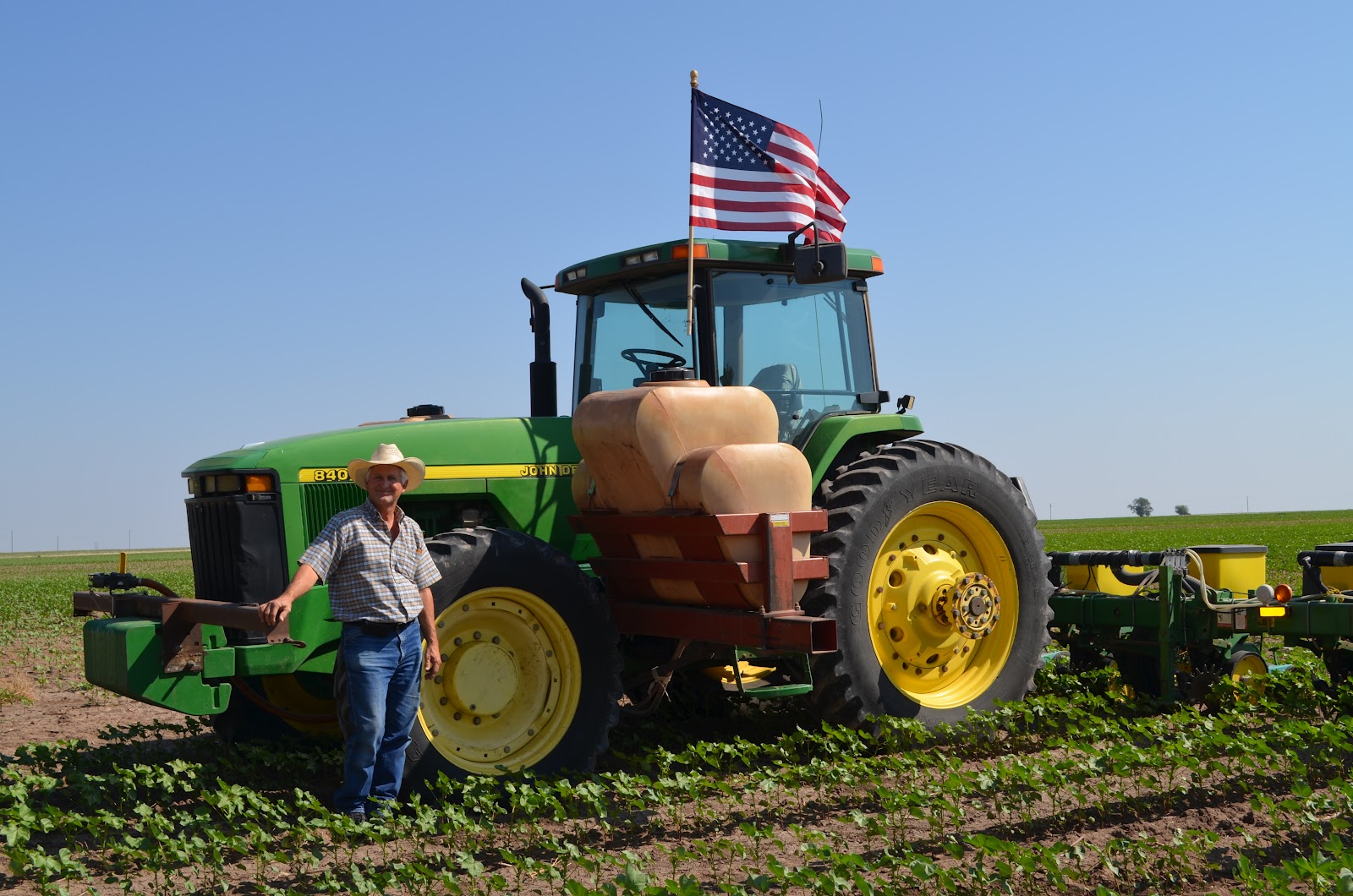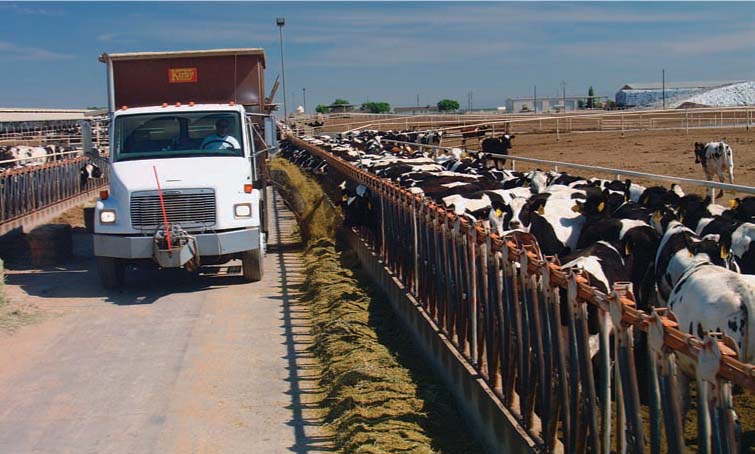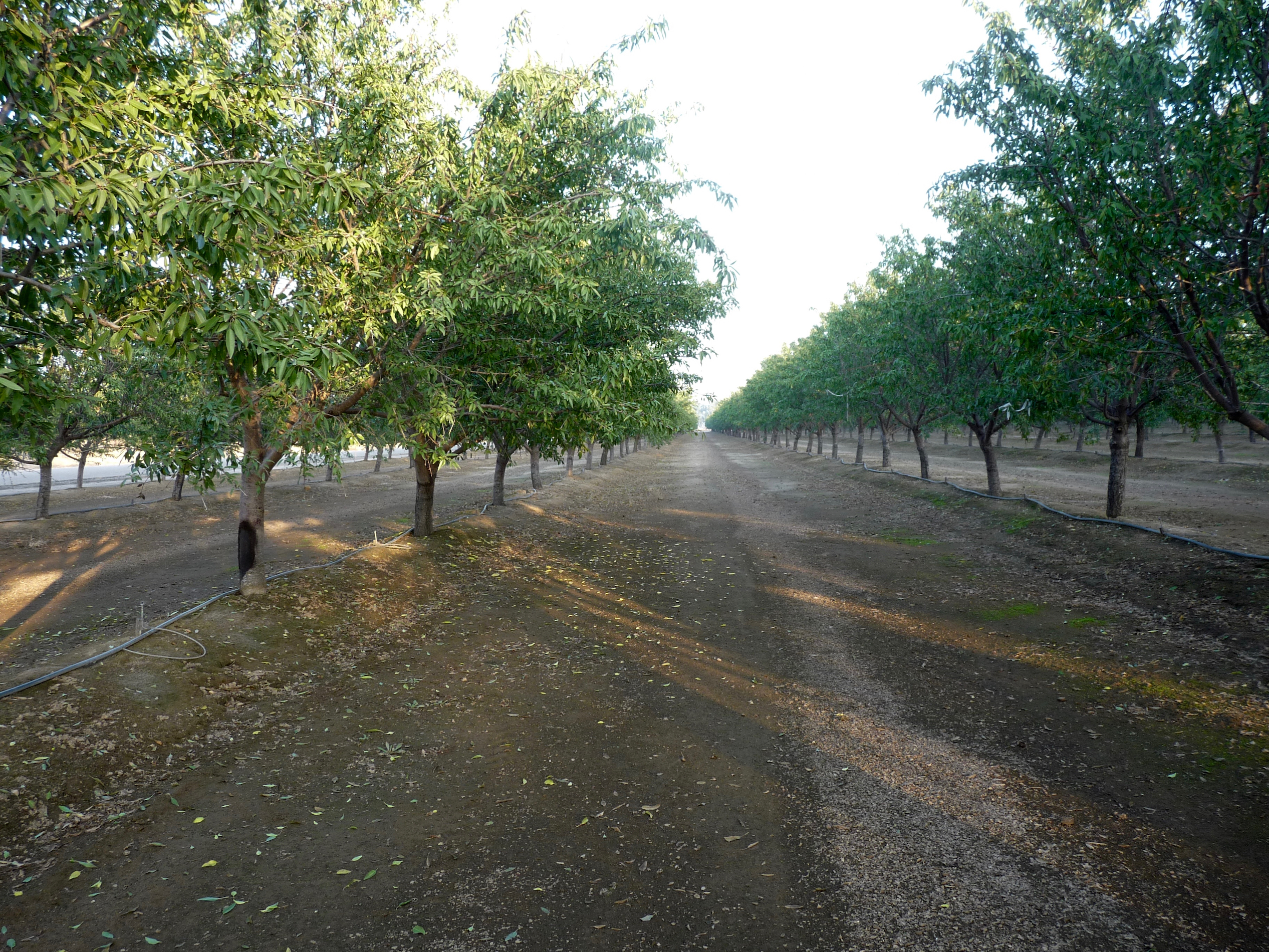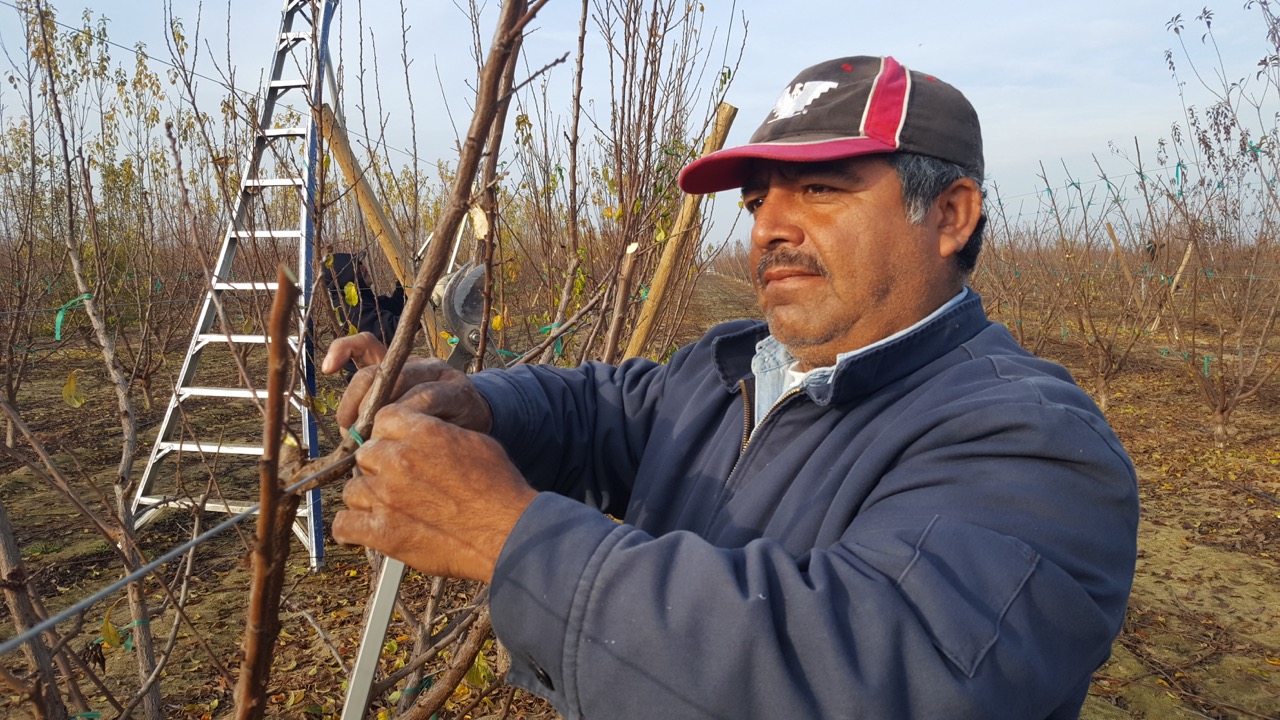CAPCA To Visit Legislators
CAPCA Leadership Increasing Advocacy for Pest Control Advisors
By Patrick Cavanaugh, Farm News Director
The California Association of Pest Control Advisers (CAPCA) want to have more of a voice in Sacramento as they set new goals and priorities for our government relations and advocacy outreach.
“We are really excited to host a Legislative ‘Leg’ (pronounced ‘ledge’) Day in Sacramento for the first time in a very long time, on the 7th and 8th of June,” said Ruthann Anderson, president and CEO of CAPCA. “Our government relations committee members and our board of directors will meet with regulators and legislators and interactively discuss who CAPCA is and some of the issues we are concerned about.”
“In my first year here at CAPCA, I found the level of advocacy that we were doing and the level of advocacy that our members perceived we were doing didn’t quite add up. I wanted to turn up the volume and make sure that we were consistent with where our membership felt we should be.”
“I also wanted give ourselves a fresh voice to reach a whole new group of legislators and regulators,” Anderson continued, “many of whom had little experience with CAPCA and did not realize who we are and the group we represent. Many also did not know the value and professionalism our PCA license brings to the big picture of agriculture here in the state.”
Of recent interest, Anderson mentioned that, “Talking about IPM with different groups has been very valuable for me. Also fascinating, CropLife America created a great kind of layout on label to field—the process a proposed chemistry undergoes to become labeled and available for application in the field.”
“The timeline and all the different tests and processes that a manufacturer has to go through is at least a 10-year process on the federal side,” Anderson explained. “Then there are another two years of review once it comes to California for the manufacturer to get something in the field. Just showing the professionalism and the science behind what is being applied in the field—that this isn’t something just off the shelf that hasn’t been rigorously considered—is so vital to the conversation.”
Particularly given the loss of use of organophosphates, a broad-spectrum class of chemistry, and the EPA’s pyrethroid review, Anderson insists we need multiple tools in the toolbox. “There may be some really great products in the pipeline, but sometimes it takes 12 years from the initial start of an application until it actually becomes relevant or usable in the field. So, there may be some great opportunities or great options in that pipeline going through EPA, but they are not here yet.”
“So keeping as many tools in the PCA toolbox to address pest pressures and disease is really key for us. Our government relations committee is actually working on a response to current EPA chemistry reviews, and we are working with a handful of other associations to provide some boots on the ground comments from our PCAs. We want to talk about not only the different uses, but also key consequences for us if it did go away.”






























